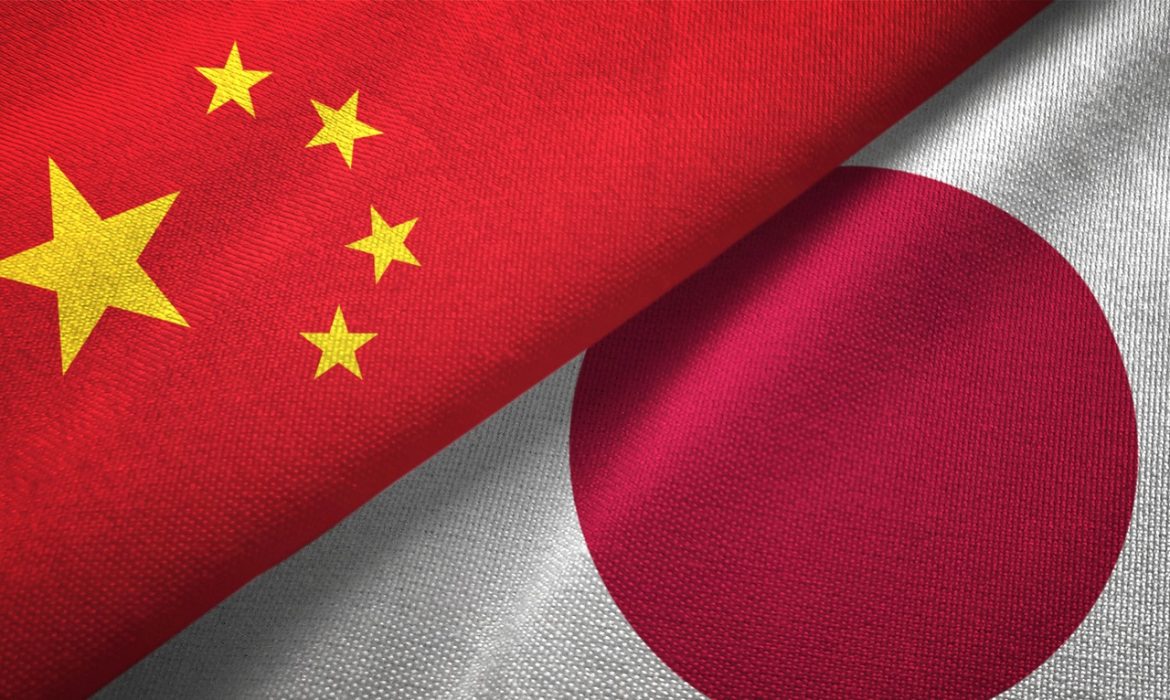
Date Issued – 20th October 2025
Courtesy of the Research Department at Balfour Capital Group
Key Points
- China’s Growth Slows, Investment Contracts: China’s Q3 GDP rose 4.8%, in line with expectations but marking a year low, as fixed-asset investment fell for the first time since 2020 — a warning sign of deepening real estate and private sector weakness.
- Japan’s Succession Crunch Fuels PE Boom: Aging business owners and high inheritance taxes are driving record private equity dealmaking in Japan, with succession-related sales now accounting for over 65% of buyouts and total PE activity up 30% year-on-year.
- Rare Earth Magnet Exports Drop Sharply: China’s September rare earth magnet exports fell 6.1%, renewing global supply chain fears as tighter export controls signal Beijing’s readiness to use its dominance in critical materials as leverage in trade talks.
- Copper’s Strategic Importance Deepens: Global copper demand is projected to surge 24% over the next decade amid the AI, defense, and clean-energy booms, while U.S.–China tensions expose supply fragility and spur calls for Western smelting reinvestment.
China’s Growth Steadies, but Investment Contraction Signals Structural Strain
China’s economy expanded 4.8% year-on-year in the third quarter, matching expectations but marking its slowest pace in a year as the prolonged real estate slump deepens.
Fixed-asset investment unexpectedly fell 0.5% in the first nine months of 2025 — the first contraction since 2020 — driven by persistent weakness in property spending, which plunged 13.9%.
Industrial production, however, outperformed with 6.5% growth in September, underscoring manufacturing resilience.
Economists warn that the investment decline, particularly in private and real estate sectors, highlights deep structural challenges that could weigh on confidence and future growth momentum despite stable consumption and export activity.
Japan’s Aging Entrepreneurs Drive Private Equity Expansion
Japan’s private equity market is booming as a growing succession crisis grips the country’s family-run businesses. With heirs increasingly unwilling to inherit companies and inheritance taxes as high as 55%, many aging owners are turning to private equity buyers—once considered taboo.
Deal activity has surged over 30% year-on-year to roughly $29 billion, fueled by succession-driven sales and corporate carve-outs.
Global firms like KKR and Bain are gaining acceptance as cultural attitudes shift, while a weak yen and low interest rates enhance deal appeal.
Analysts warn, however, that rapid capital inflows risk repeating Japan’s overheated 2006–07 “weak vintage” cycle.
China’s Rare Earth Magnet Exports Drop, Reviving Supply Chain Anxiety
China’s exports of rare earth magnets fell 6.1% in September from August, rekindling fears that Beijing may once again weaponize its dominance in critical materials used across defense, automotive, and tech industries.
The decline, which came before new export licensing rules took effect, signals tighter scrutiny over outbound shipments amid renewed U.S.–China trade tensions. Exports to the U.S. plunged nearly 29% on the month, while volumes to Vietnam surged 58%, underscoring shifting trade patterns.
Analysts warn that Beijing’s control over rare earth supply chains remains a potent geopolitical lever, heightening Western urgency to diversify critical mineral sourcing.
Trade Tensions Reinforce Copper’s Strategic Role in the AI and Energy Transition
Renewed U.S.–China trade frictions have spotlighted vulnerabilities in copper supply chains, even as global demand is set to soar on the back of AI expansion, defense buildup, and green energy infrastructure.
London Metal Exchange CEO Matt Chamberlain warned that recent supply disruptions and tightening inventories underscore the need for greater supply diversity and smelting reinvestment, particularly in Western economies.
With copper prices showing short-term backwardation and long-term bullish momentum, analysts project a 24% rise in global demand over the next decade — positioning copper as both a strategic asset and potential bottleneck in the global energy transition.
Conclusion
Global markets continue to navigate a complex intersection of slowing growth, shifting trade alliances, and evolving industrial priorities.
China’s weaker investment data underscores structural strains, while Japan’s private equity boom highlights how demographic realities are reshaping corporate ownership.
Renewed U.S.–China tensions over rare earths and metals have amplified concerns about supply security, reinforcing the strategic importance of critical materials like copper in the AI and energy transition.
As economic power centers recalibrate, investors face a landscape defined by both risk and renewal — where diversification, adaptability, and long-term positioning remain the keys to resilience.
Investment Insights
- Diversification is imperative: China’s slowing growth and falling investment signal continued fragility in Asia’s largest economy — investors should diversify exposure across markets less dependent on Chinese demand.
- Private equity opportunity in Japan: Demographic and succession challenges are fueling an unprecedented wave of SME sales, creating long-term value opportunities for private equity and strategic buyers focused on operational transformation.
- Supply chain resilience is a key theme: China’s control over rare earths and export restrictions reinforces the need to hedge geopolitical risks through investments in alternative sourcing and allied economies.
- Commodities enter a strategic phase: Rising copper demand from AI, defense, and energy transition sectors underscores long-term bullish fundamentals for industrial metals and related infrastructure assets.
Economic Calendar
| Date | Event | Why It Matters |
|---|---|---|
| October 24, 2025 | U.S. Consumer Price Index (YoY) | Critical inflation read that may shift expectations on future Fed rate cuts. |
| October 29, 2025 | FOMC Interest Rate Decision | Key policy decision that sets the tone for rates and global bond flows. |
| October 31, 2025 | Euro Area Flash Manufacturing PMI (Oct) | Early gauge of euro-zone industrial momentum and ECB policy direction. |
| November 3, 2025 | Japan GDP (Q3, QoQ) | Snapshot of Japan’s growth prospects amid currency and regional spill-over risks. |
Disclaimer: This newsletter provides financial insights for informational purposes only. It does not constitute financial advice or recommendations for investment decisions.




